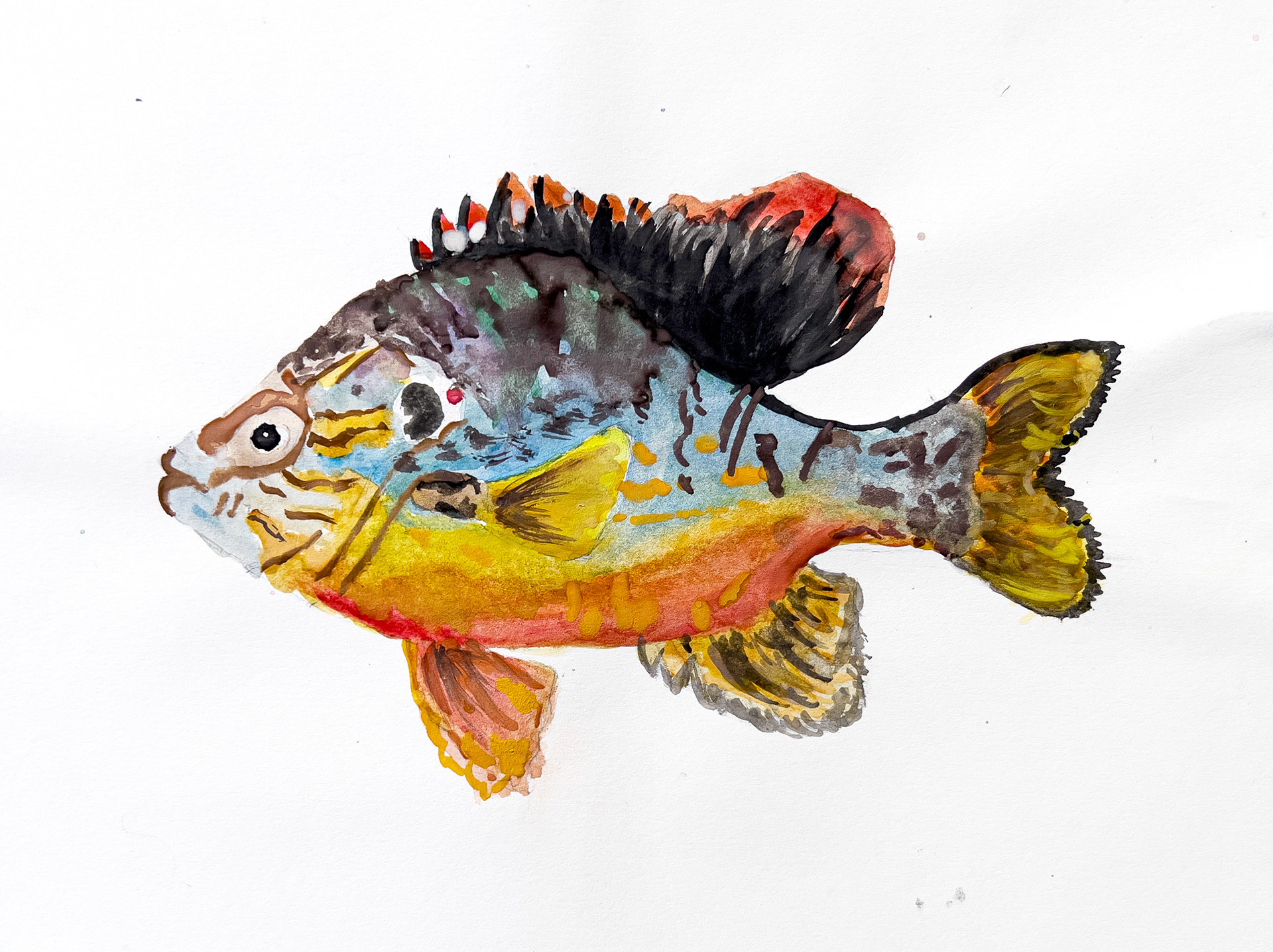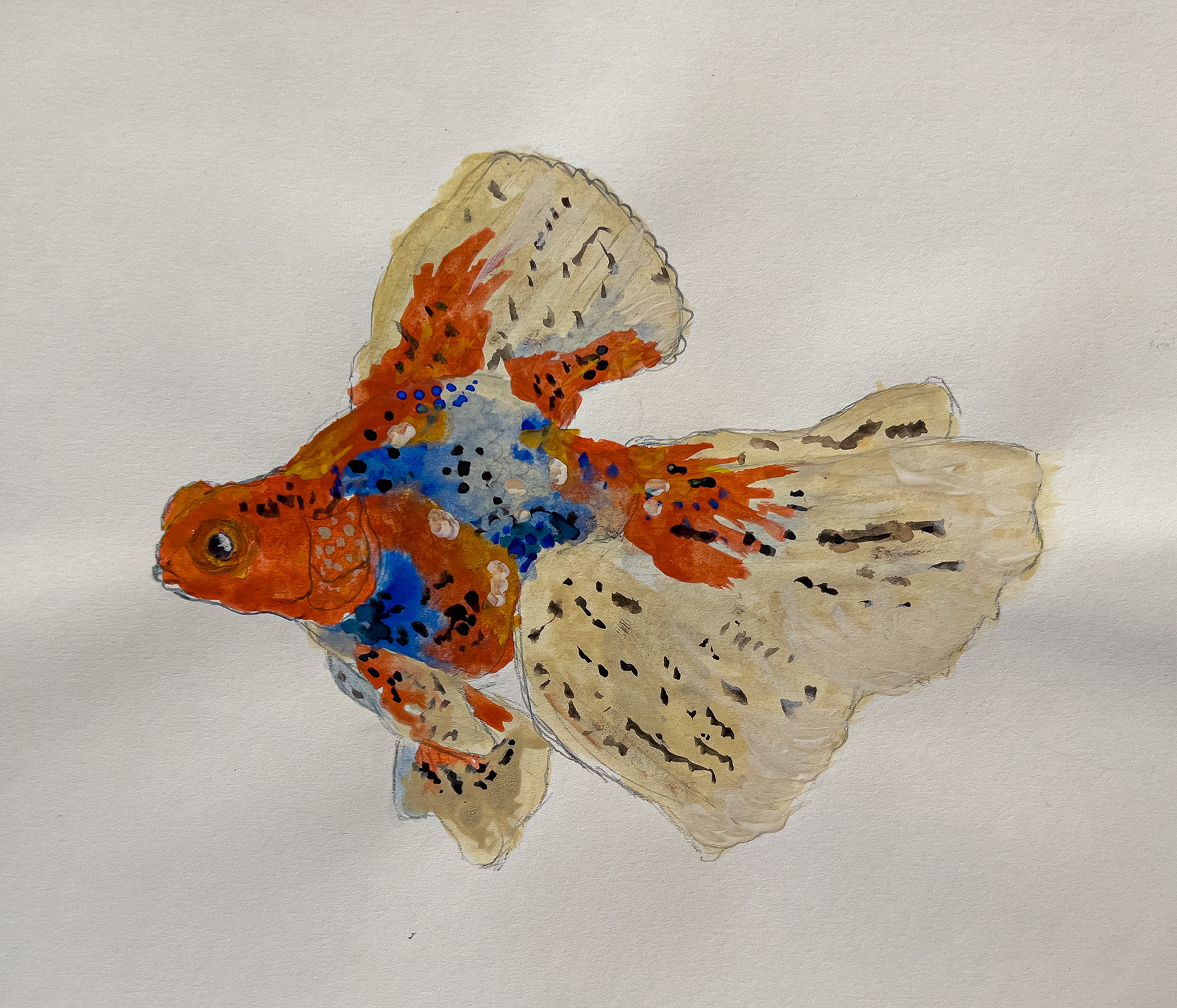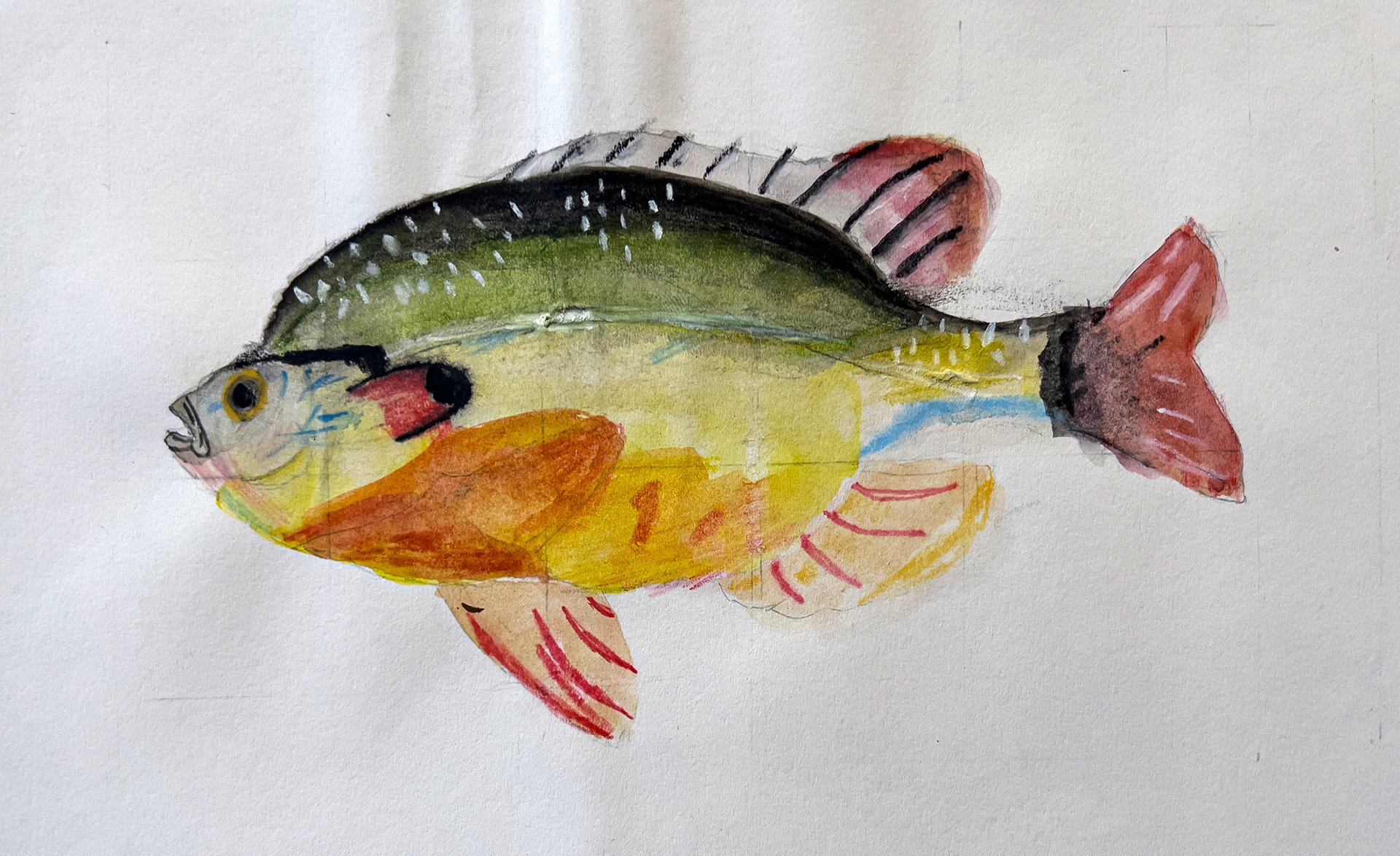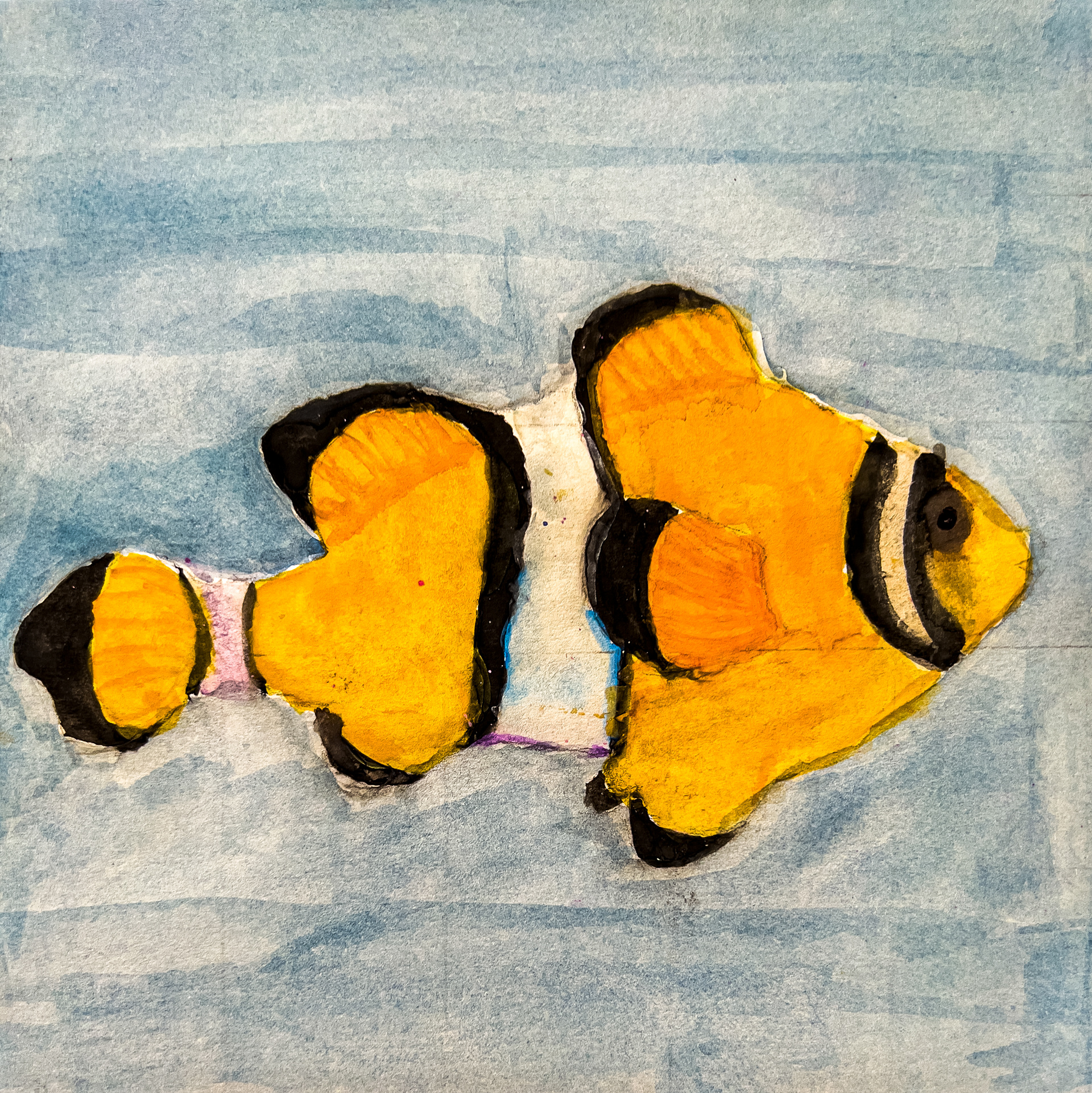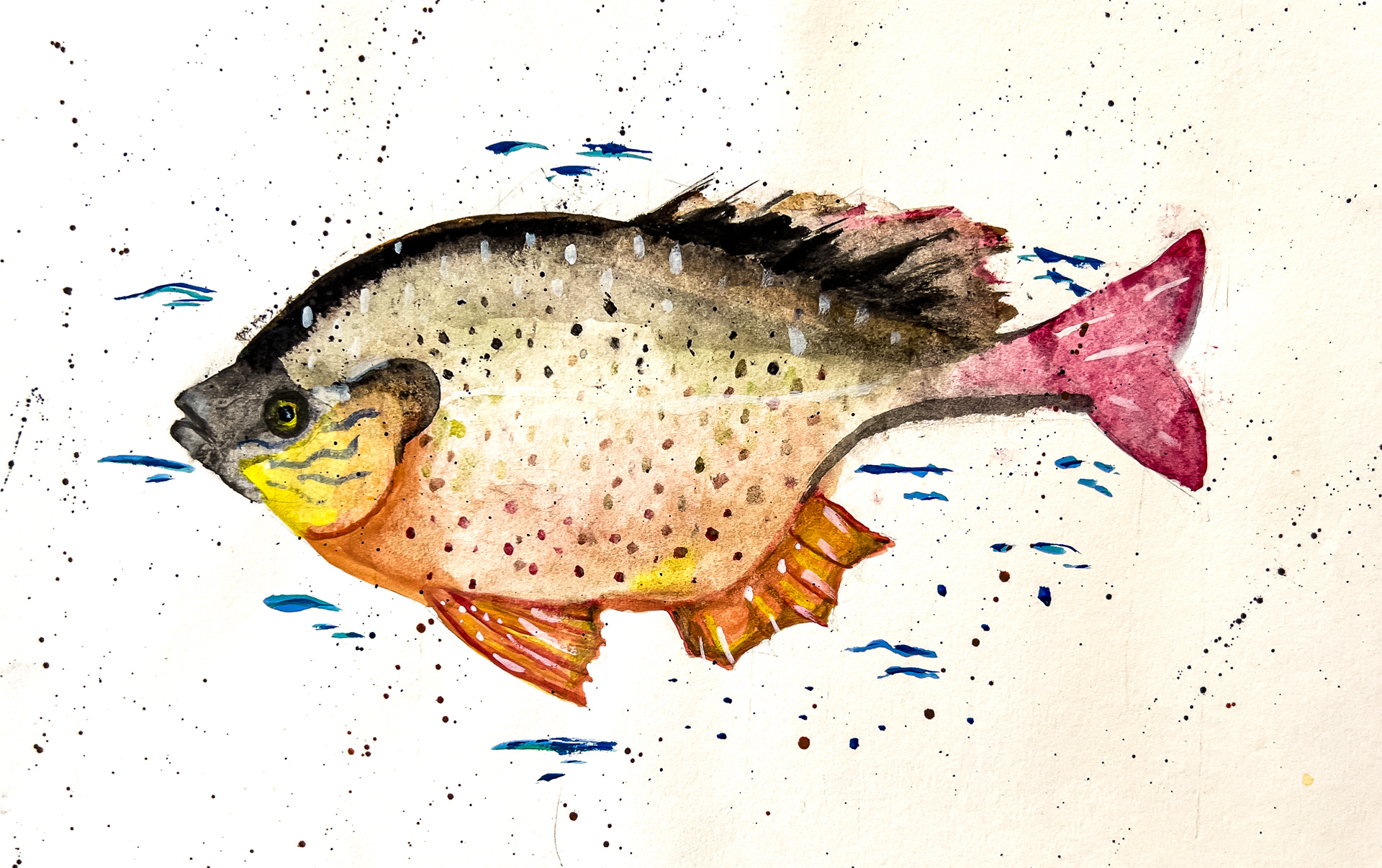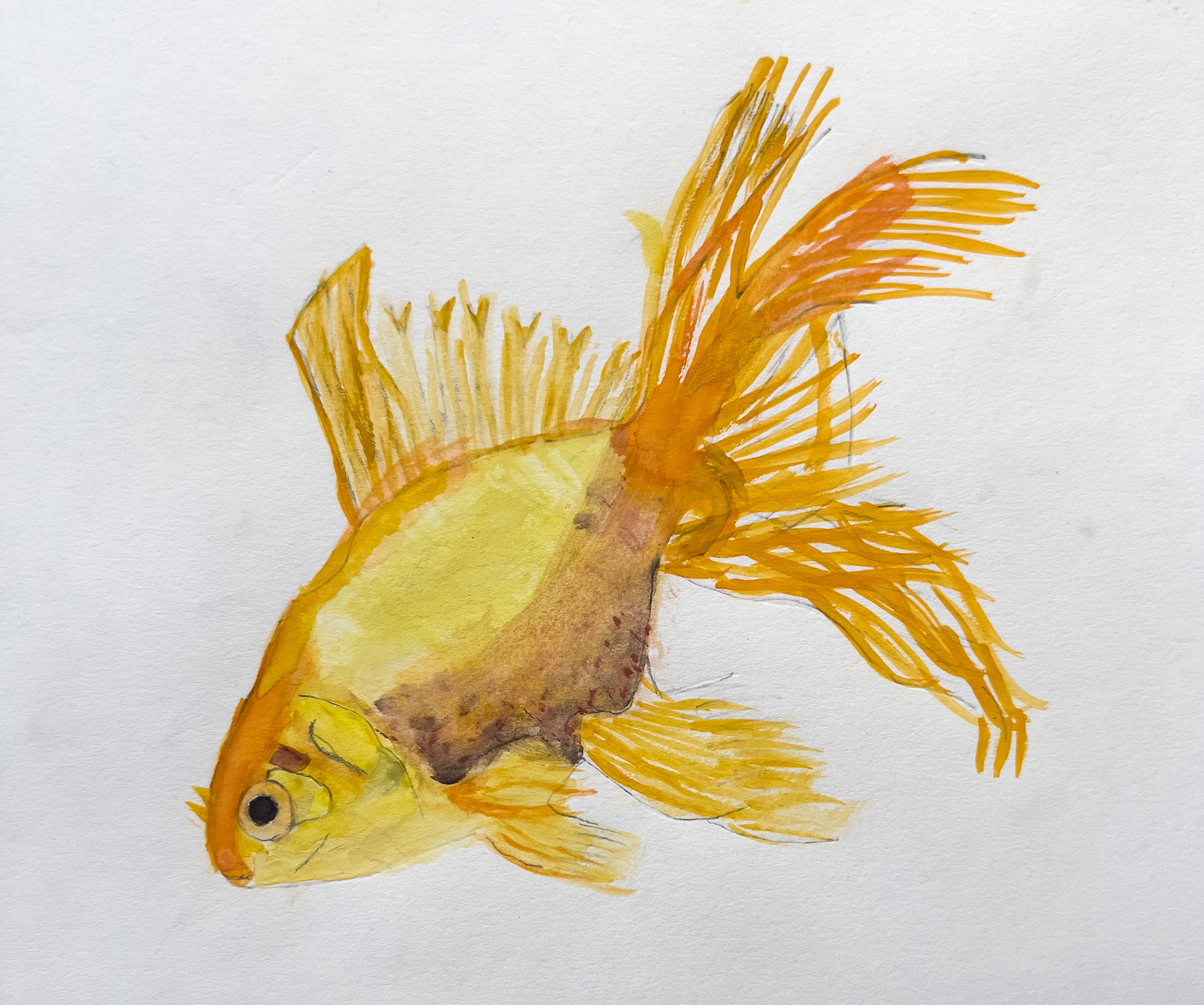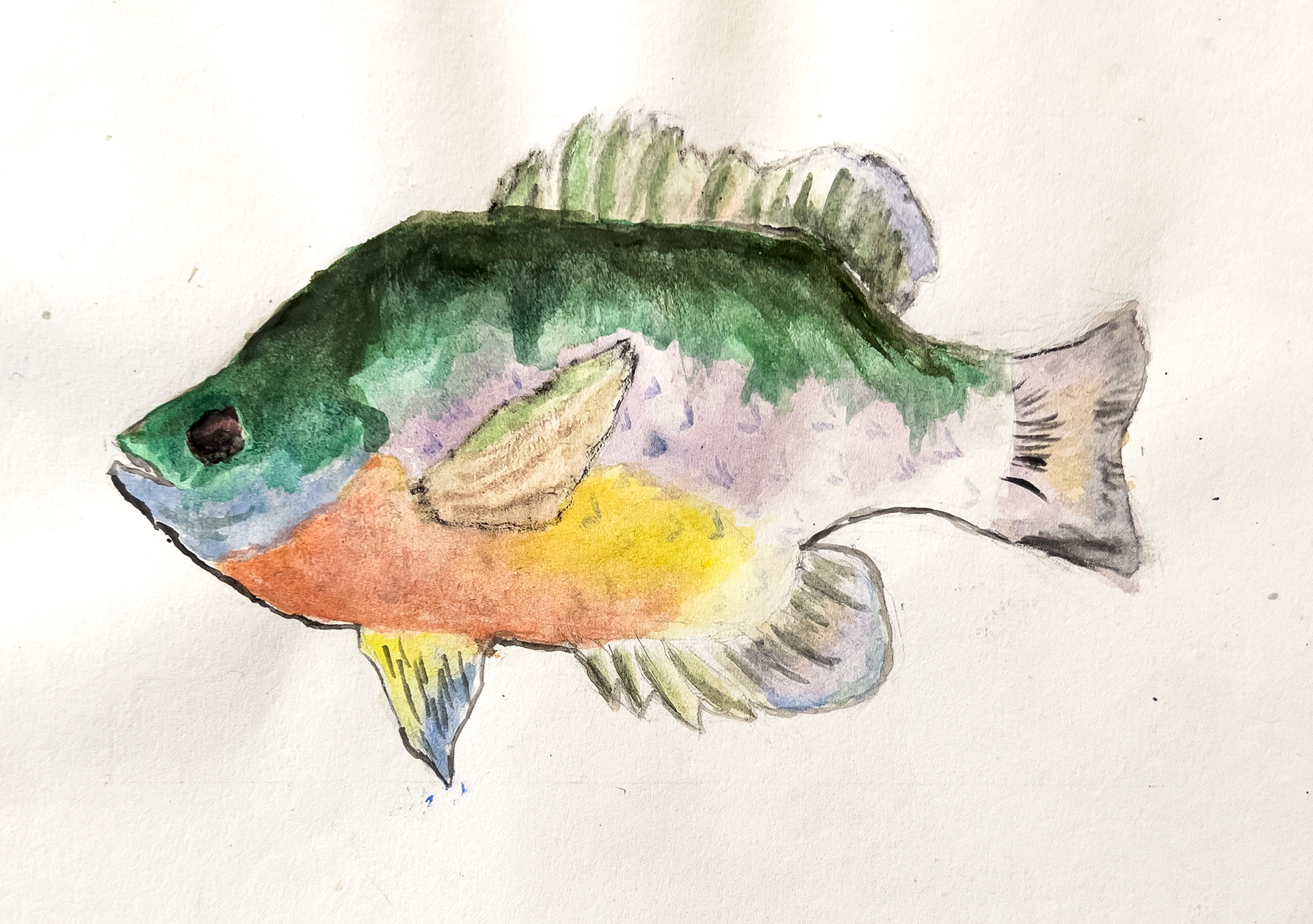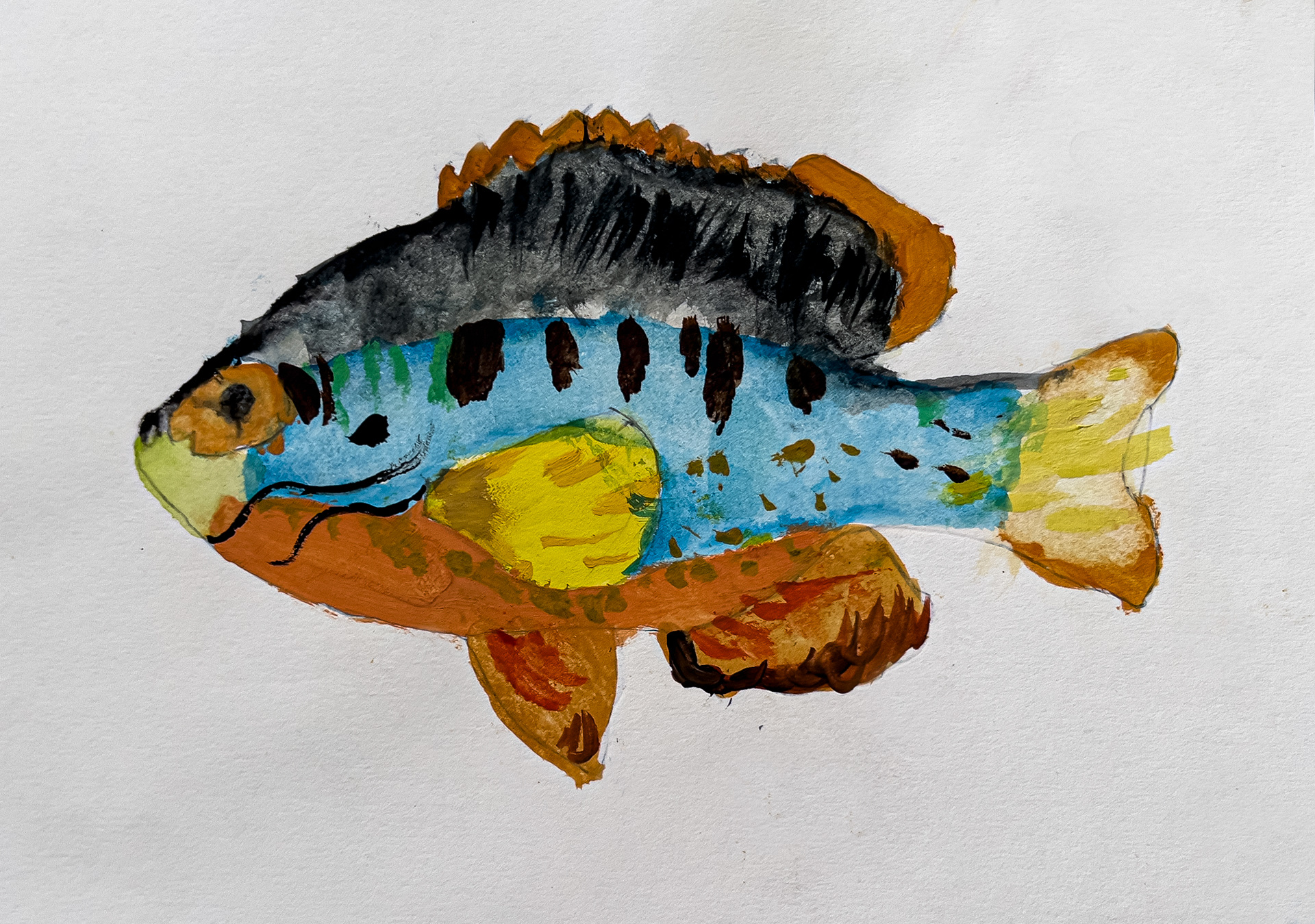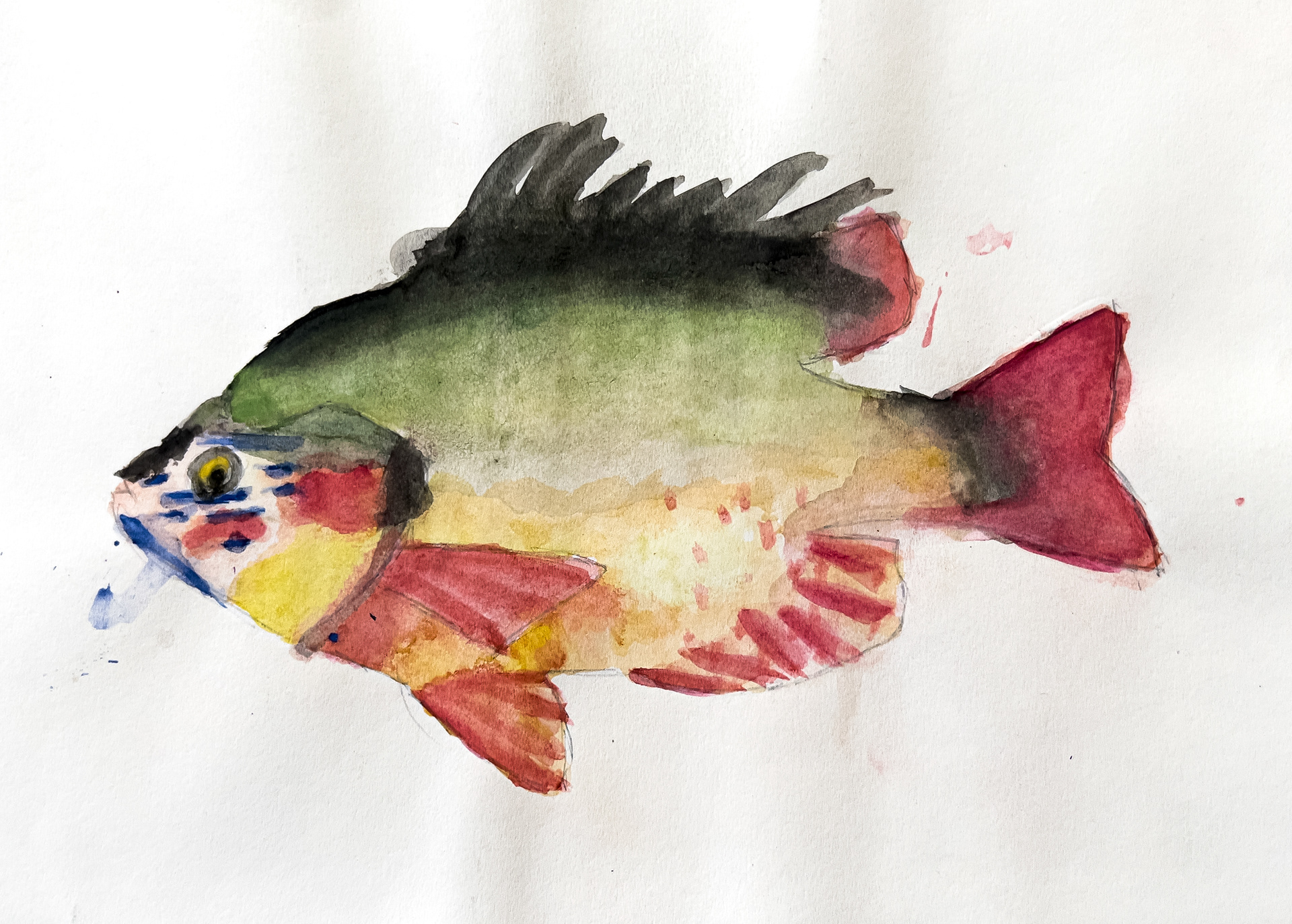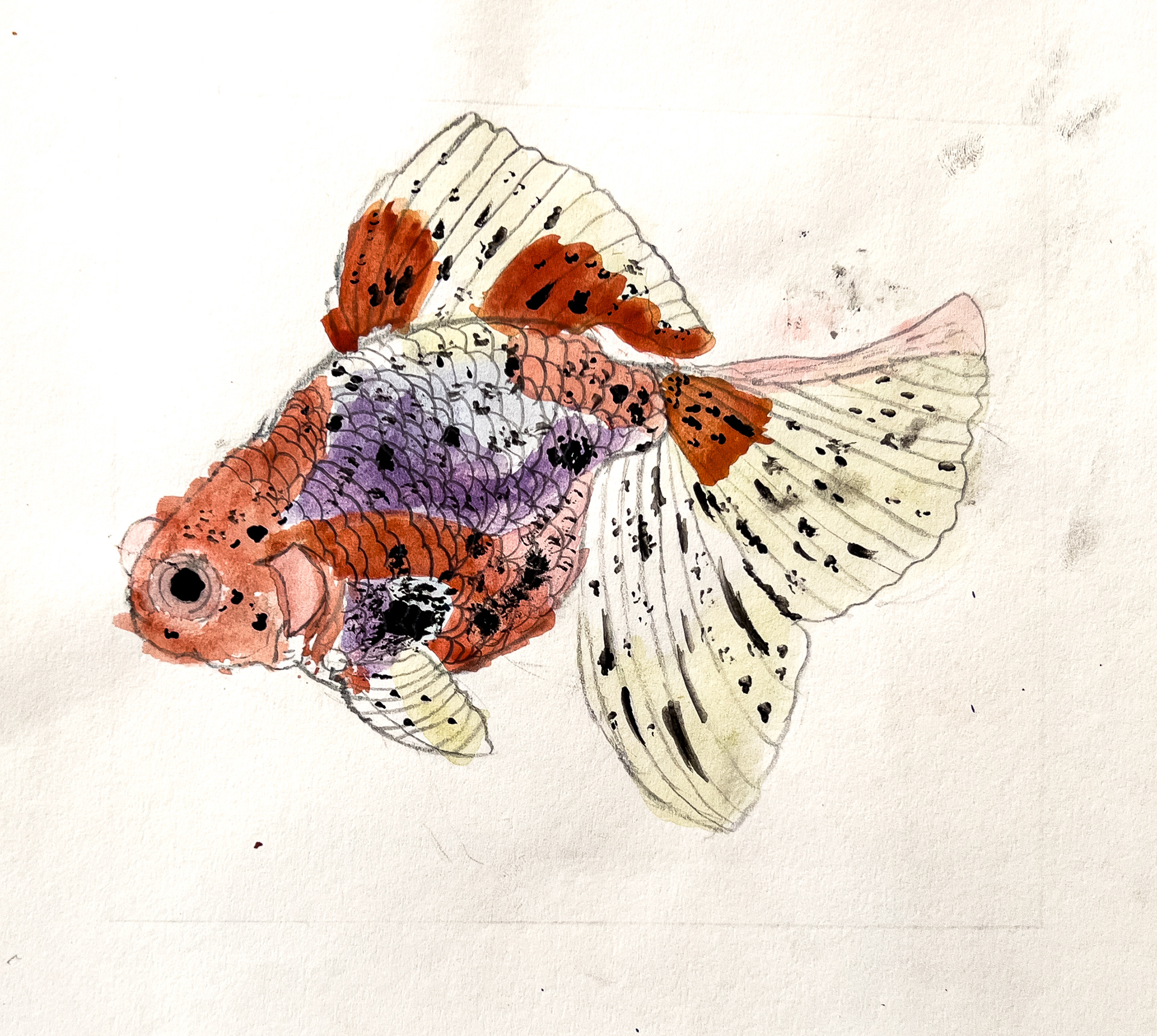Learning Objectives:
• Practise the watercolour techniques learnt in previous lessons
• Understand the importance of paint consistency
• Learn how to blend from one colour into another using watercolours
• Explore and develop one's own painting style
• Understand the importance of paint consistency
• Learn how to blend from one colour into another using watercolours
• Explore and develop one's own painting style
What you will need:
A reference image, watercolour paper (or your sketchbook), a soft pencil (preferably 2B or 4B), ruler, eraser, pencil sharpener, watercolours, a small brush, a pot of water and a paper towel.
Introduction to the Project:
This PowerPoint will give you a brief introduction to the project you are about to do:
Your Task:
Referring to the video below, practise painting a fish using one of the reference images provided.
Choose a fish to paint from one of the images below:
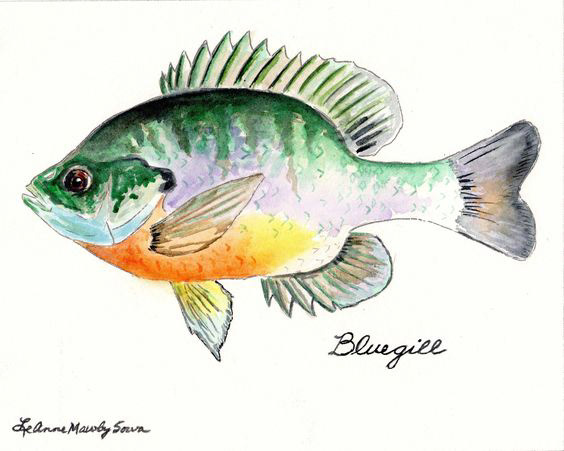
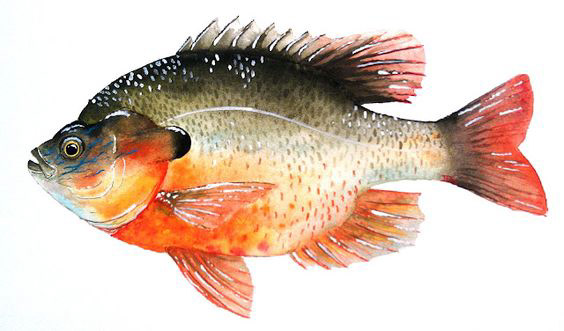
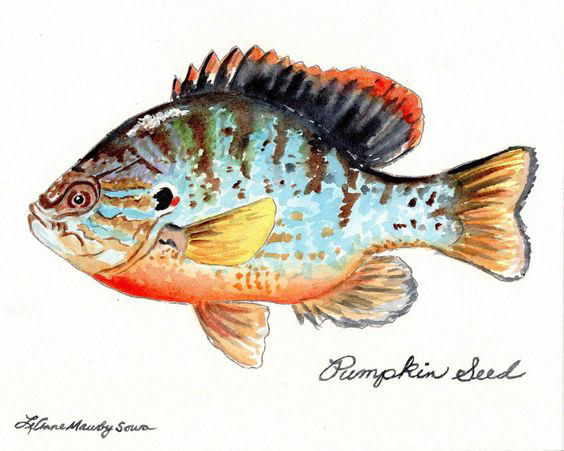
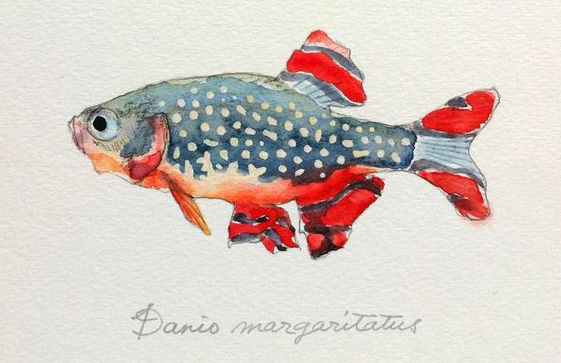
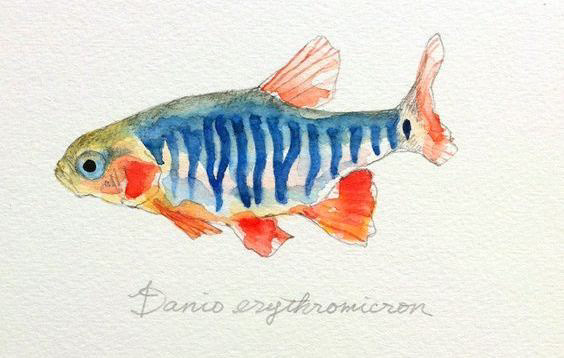
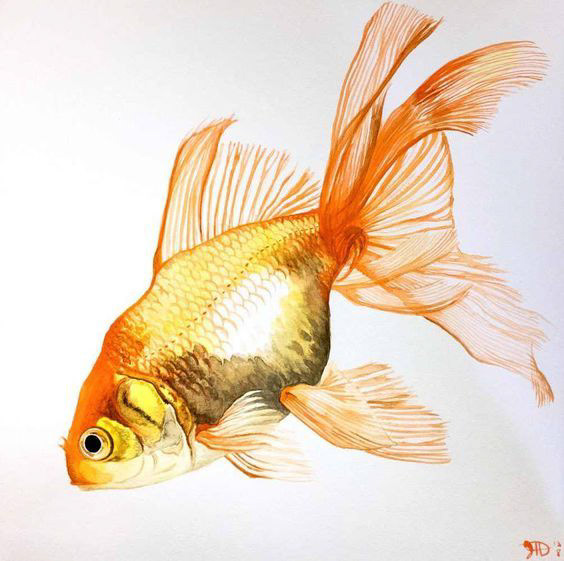
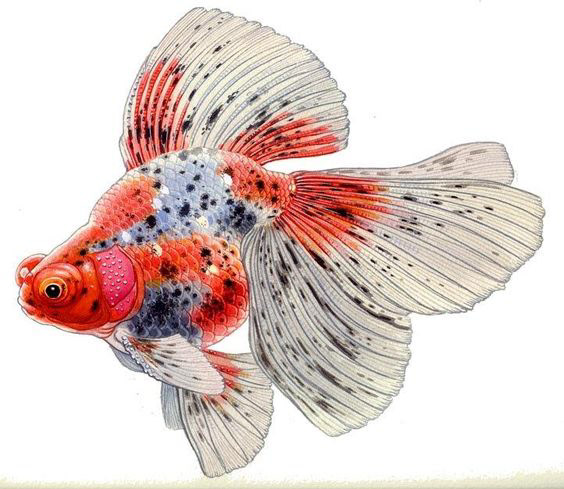
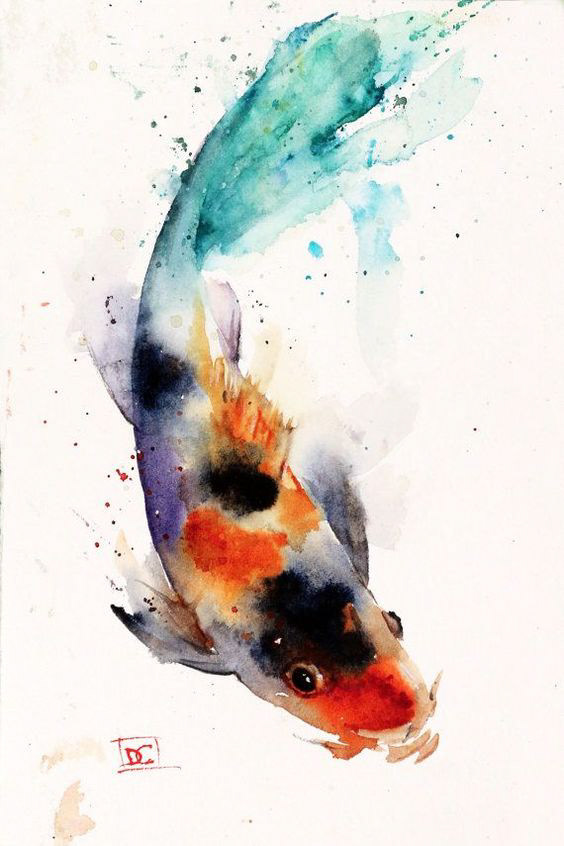
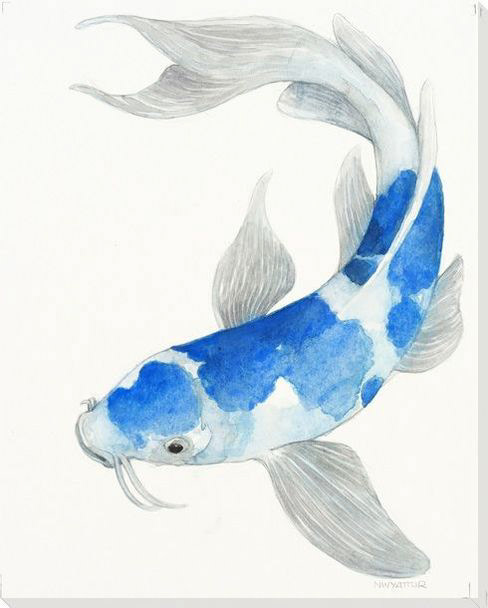
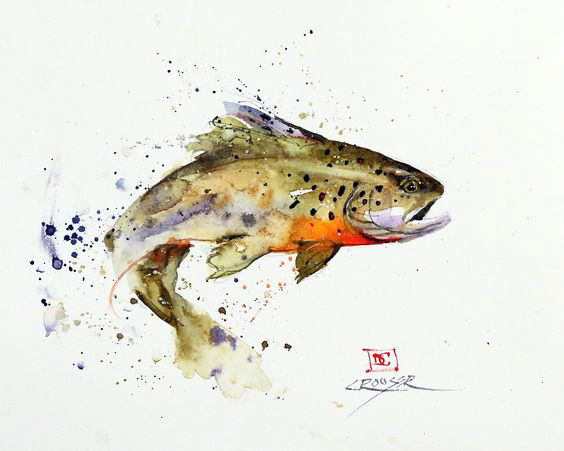
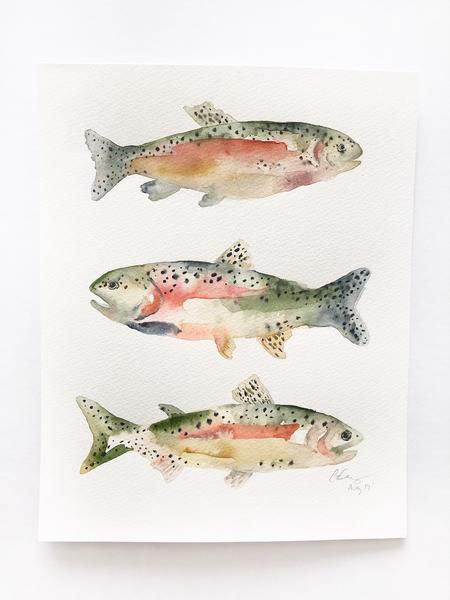
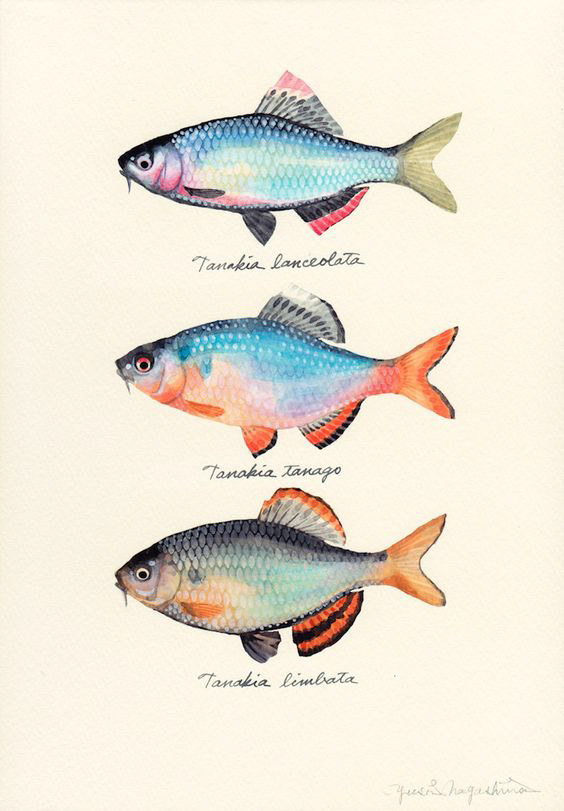
Top Tips:
• Draw your outlines as lightly as you can so that you can't see them after painting
• Paint the large areas first and the details later
• Leave gaps for the lighter details - you can't easily paint light colours on top of dark colours when using watercolour paints
• Leave your paint to dry before adding a second layer if you don't want the colours to blend
• Paint the large areas first and the details later
• Leave gaps for the lighter details - you can't easily paint light colours on top of dark colours when using watercolour paints
• Leave your paint to dry before adding a second layer if you don't want the colours to blend
Examples of previous students' paintings:
What do you think has gone well and what could have been improved?
